-
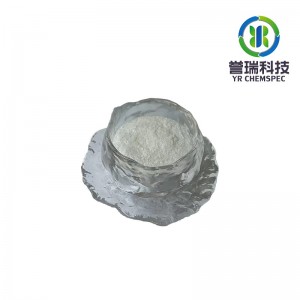
Hydrolyzed Pea Peptide
Hydrolyzed Pea Peptides are long chains of amino acids, which form part of the pea protein. When proteins are broken up into peptides in the body, they play an essential role in your overall health.In skin care products, when formulated correctly and protected from degrading, peptides can have the same function.Hydrolyzed Pea Peptide is growing in popularity as a hair and skin care ingredient.
-
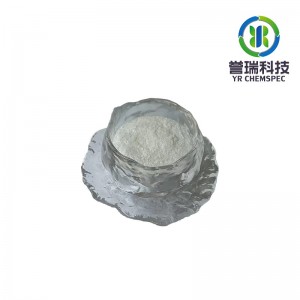
Palmitoyl Tripeptide-1
Palmitoyl Tripeptide-1 is also called Palmitoyl oligopeptide. It is a relatively new addition to the list of peptides that are used in skin care, some experts believe that the chains of amino acids communicate with the skin’s collagen and boost its production, which is a major factor in achieving smooth, wrinkle-free skin. Palmitoyl Tripeptide-1/Palmitoyl oligopeptide is most often found in anti-aging serums, moisturizing kits, and cosmetics.
-
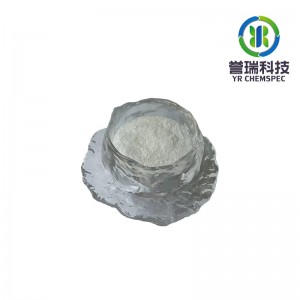
Trifluoroacetyl Tripeptide-2
Trifluoroacetyl Tripeptide-2 is also called Progeline. It is a biomimetic peptide for a protein inhibitor called progerin. Progerin appears when there is a mutation in our genes due to aging.Trifluoroacetyl Tripeptide-2 is a 3 amino acids peptide biomimetic of elafin that modulates progerin, a new senescence marker, for a complete remodelling effect and reduction of the appearance of wrinkles.
-
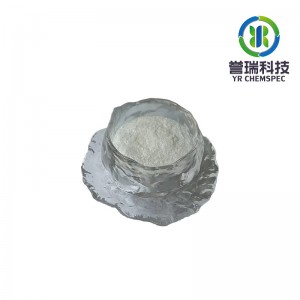
Palmitoyl Tripeptide-5
Palmitoyl Tripeptide-5 is a highly bio-active peptide. It deeply penetrates the skin through enhanced collagen production. By stimulating collagen synthesis, this complex helps to strengthen skin and reduce the appearance of fine lines and wrinkles. It overrides the effects of Matrix Metalloproteinase (MMP) enzymes that contribute to skin aging.
-
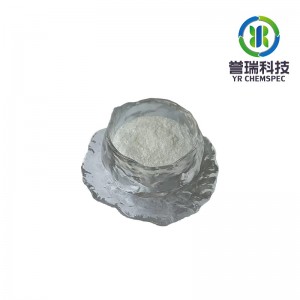
Palmitoyl Tetrapeptide-7
Palmitoyl Tetrapeptide-7 is also called Palmitoyl Tetrapeptide-3. Palmitoyl Tetrapeptide-7 is a synthetic peptide comprised of four amino acids that is used in beauty products and cosmetics to suppress the production of excess interleukins, the chemical messengers which trigger the body’s acute inflammatory response. This can lead to glycation damage, or the process by which glucose links with proteins and causes them to bind together, stiffening tissues. This negatively affects the skin’s support system, comprised of collagen, elastin and other proteins, and leads to wrinkles, sagging, and uneven skin tone (Source).
-
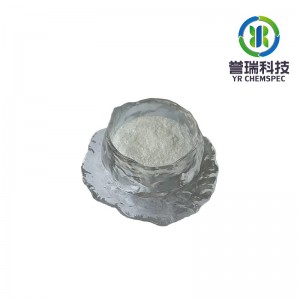
Acetyl Hexapeptide-8
Acetyl Hexapeptide-8 is one of the commonly used raw materials for high-end cosmetics. It’s other names are Argireline,Argirelin Acetate,Acetyl Hexapeptide-3.Acetyl Hexapeptide-8 effect is mainly to reduce wrinkles caused by facial expression muscle contraction, and has an ideal effect on removing wrinkles around the forehead or eyes.
Acetyl hexapeptide-8 is an advanced cosmetic core ingredient, supplements the small molecule collagen in the skin, and is also a biologically active peptide. It is a biologically active peptide, which can not only reduce the existing facial wrinkles, but also effectively prevent the generation of new wrinkles.
-
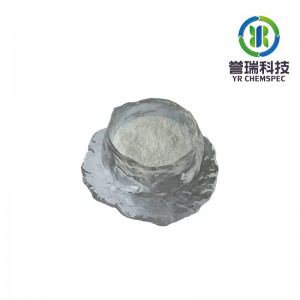
Tripeptide-10 Citrulline
Tripeptide-10 citrulline is a new combination of active ingredient developed to slow down skin aging due to glycation of proteins.The Lys coating of the delivery system has the double role of inhibiting the maillard reaction and binding the liposomes to the skin,thus helping to release the active peptide providing elasticity and suppleness.
-
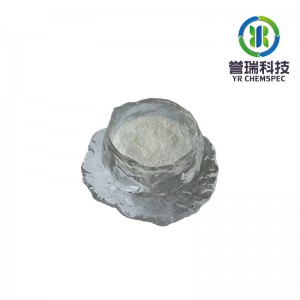
Palmitoyl Tripeptide-38
Palmitoyl tripeptide-38 is an ingredient manufactured by the brand Sederma under the trade name MATRIXYL synthe’6. As with all peptides, it is a protein fragment that helps skin maintain its structure.
Studies relating specifically to palmitoyl tripeptide-38 have shown that it helps improve the appearance of multiple signs of aging, including fine lines, wrinkles, uneven skin tone, and dullness. This research also shows that palmitoyl tripeptide-38 is even more effective in this capacity when combined with other skin-beneficial ingredients such as antioxidants and hyaluronic acid.
-
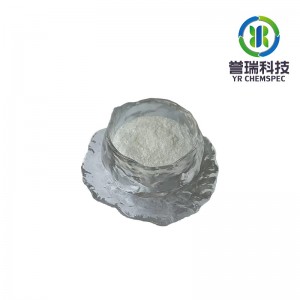
N-acetyl Carnosine
N-Acetyl-L-carnosine, or N-Acetylcarnosine (abbreviated NAC) is a dipeptide. It is similar to carnosine but more resistant to carnosinase degradation thanks to the addition of an acetyl group.N-Acetylcarnosine is a natural dipeptide containing histidine, which is the main source of L-carnosine in pharmacology. N-acetyl Carnosine/N-Acetylcarnosine is an effective ophthalmic drug with the potential to be used for human cataract.N-Acetylcarnosine is composed of the root word carn, meaning flesh, alluding to its prevalence in animal protein.A vegetarian (especially vegan) diet is deficient in adequate carnosine, compared to levels found in a standard diet.
-
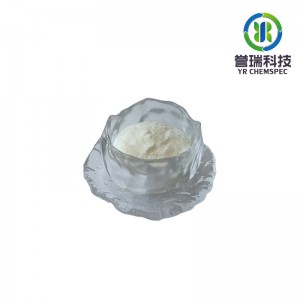
L-Carnosine
L-carnosine is a small molecule dipeptide composed of two amino acids β-alanine and L-histidine. It is widely found in skeletal muscle, heart, brain and other nerve tissues in the body. A natural antioxidant. Potential antioxidant and anti-glycosylation activity; prevent non-enzymatic glycosylation and protein coupling induced by acetoldehyde.
-
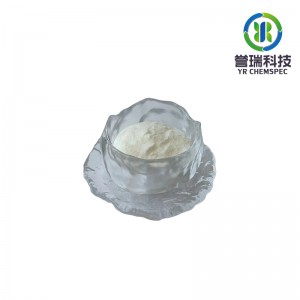
Glutathione
Glutathione (GSH), also named Reduced Glutathione, is a tripeptide composed of glutamate, cysteine, and glycine. It can be found in almost every cell of human body. Nowadays, the industrial production of Glutathione is mainly obtained by enzymatic synthesis. It has biological activities such as detoxification, anti-oxidation, free radical scavenging, skin-whitening and spot-fading. Therefore, it is widely used in cosmetics, medicine, health care products and other industries.
-
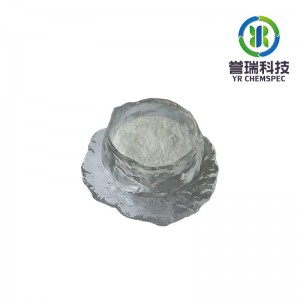
L-Glutathione Oxidized
L-Glutathione Oxidized (GSSG) is through microbial fermentation to get yeast rich L-Glutathione oxidized, and then obtained GSSG by modern technology’s separation and purification. It’s widely founded in organisms, mainly play a role of oxidation reduction electron transfer. It can protect the red blood cells in the blood from oxidative damage, maintenance of hemoglobin in the cysteine in a reduced state.

